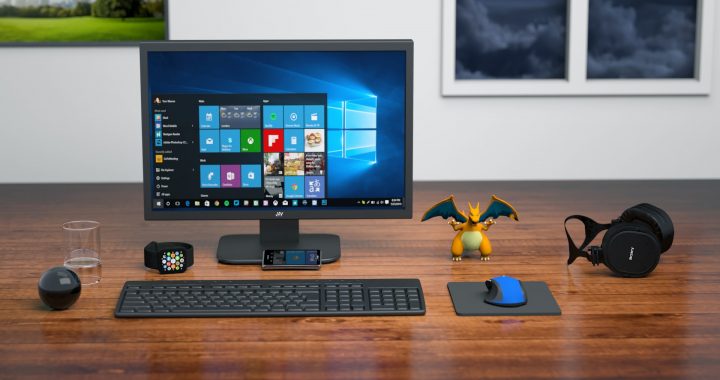In just under 16 months, Microsoft will no longer be supporting their Windows 7 operating system, which will present implications to the many businesses that still run Windows 7 on their devices.
On January 14th 2020, Microsoft will be ending their extended support period for Windows 7, an operating system (OS) that was first released back in 2009.
All of Microsoft’s operating systems have two period of support – mainstream support and extended support. Windows 7 operated their mainstream support from when the OS began, until the 13th January 2015. During this period, Windows released several new features and patches that kept the operating system safe and secure.
How will Windows 7 End-Of-Life affect your business?
If you run or work for an organisation that still operates on Windows 7, you need to be prepared for its EOL and be ready to migrate to Windows 10. It’s said to have taken companies between 3 to 5 years to make the transition to Windows 7, when extended support for Windows XP ended in April 2014.
There are still almost 50% of PCs running on Windows 7, meaning the effect of Windows 7 End-Of-Life on businesses is huge.
When Microsoft conclude their extended support at the start of 2020, they will no longer release security updates that help protect your PC from viruses, spyware and data breaches. If you continue to operate on Windows 7, you are more vulnerable to security breaches and data loss, which is caused by new malware which is constantly being developed.
There are still tons of businesses that are not aware of the Windows 7 End-Of-Life, which means they are also unaware of the threats that the EOL phase poses to their business.
Why are Microsoft ending Windows 7 support?
Unfortunately, all good things come to an end, and this is the case with Microsoft’s Windows 7 OS. Although it is still widely used by businesses around the world, Microsoft wants to end their extended support to start focusing on their newer, more modern products.
How can I prepare for Windows 7 End-Of-Life and make the leap to Windows 10?
Migrating to Windows 10 comes at a cost, and this could be a problem to businesses with many devices.
Windows 10 OS can cost anywhere from £100 to £220 per device, depending on which version of the operating system you require. The problem you could face is that your PC may not run the OS efficiently, and this all depends on the age of your PC. Migrating to Windows 10 on an older PC means you may not receive all the features that you would on a brand-new device.
Upgrading to Windows 10 will also require an IT technician to install the OS to each device, with their time also coming at a cost.
To solve this problem completely, it may be easier to purchase brand-new devices for your business. Computers purchased in the last 3 years will run on Windows 10 as standard, which will mean you don’t have to pay for the licence key to Windows 10. Whilst it may seem expensive to purchase new devices for your business, you will be avoiding the cost of upgrading to Windows 10 and saving money in the long run.
How Ghost can help!
Here at Ghost IT Services, we provide easy and affordable access to the latest IT technology with our Computer Leasing services. Leasing is 100% tax-allowable and comes with no upfront charges, and flexible credit options for both new and established businesses.
Ghost is also a Registered Dell Partner, and we are positioned to resell the latest Dell PCs that will operate on Windows 10. You can purchase Dell PCs directly from Ghost IT Services, which will settle all problems relating to the Windows 7 End-Of-Life.
If you need help preparing for the end of Windows 7 and becoming ready for the leap to Windows 10, get in touch with Ghost today on 01708 390 370 and speak directly with an IT expert that can help you migrate to Windows 10.

